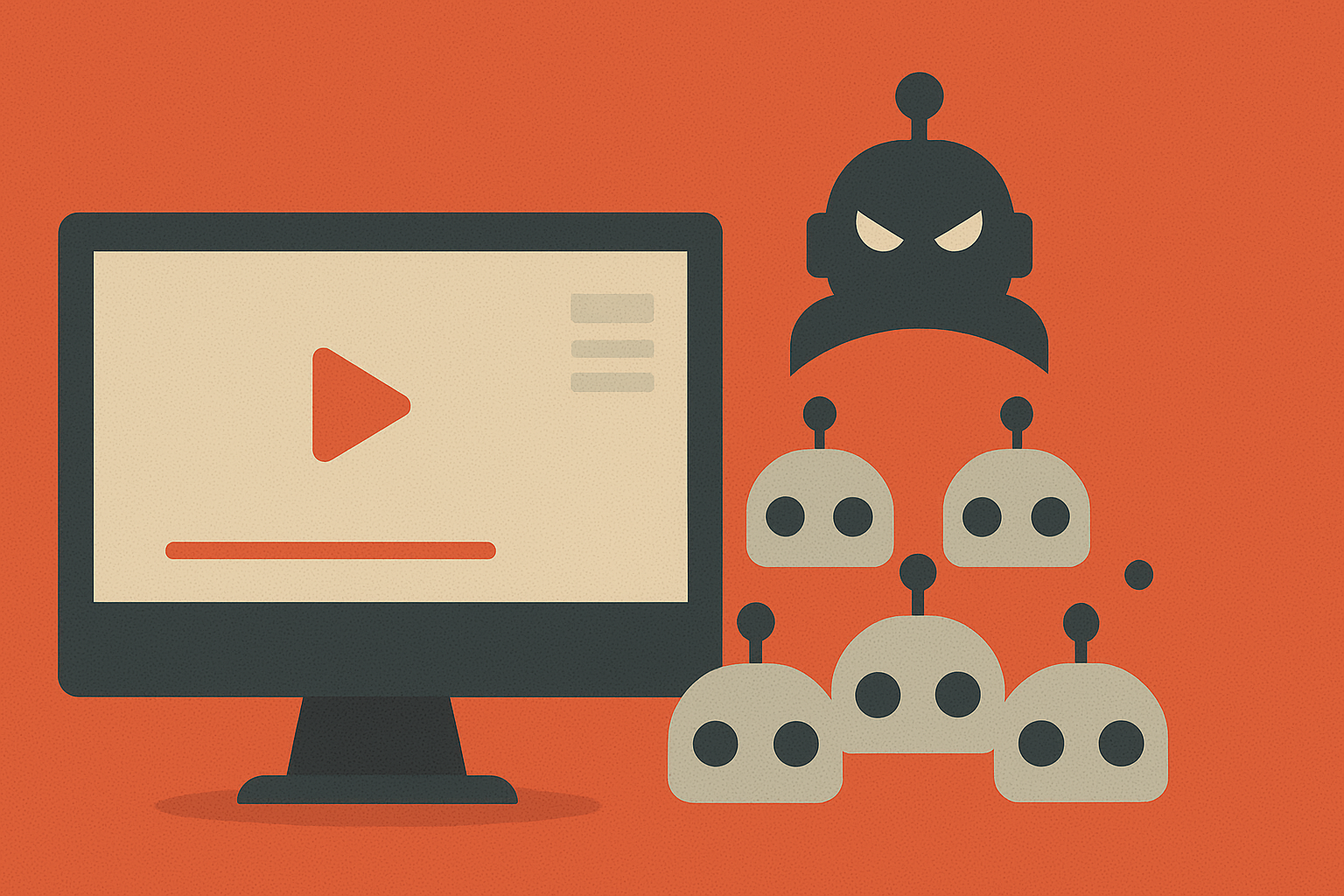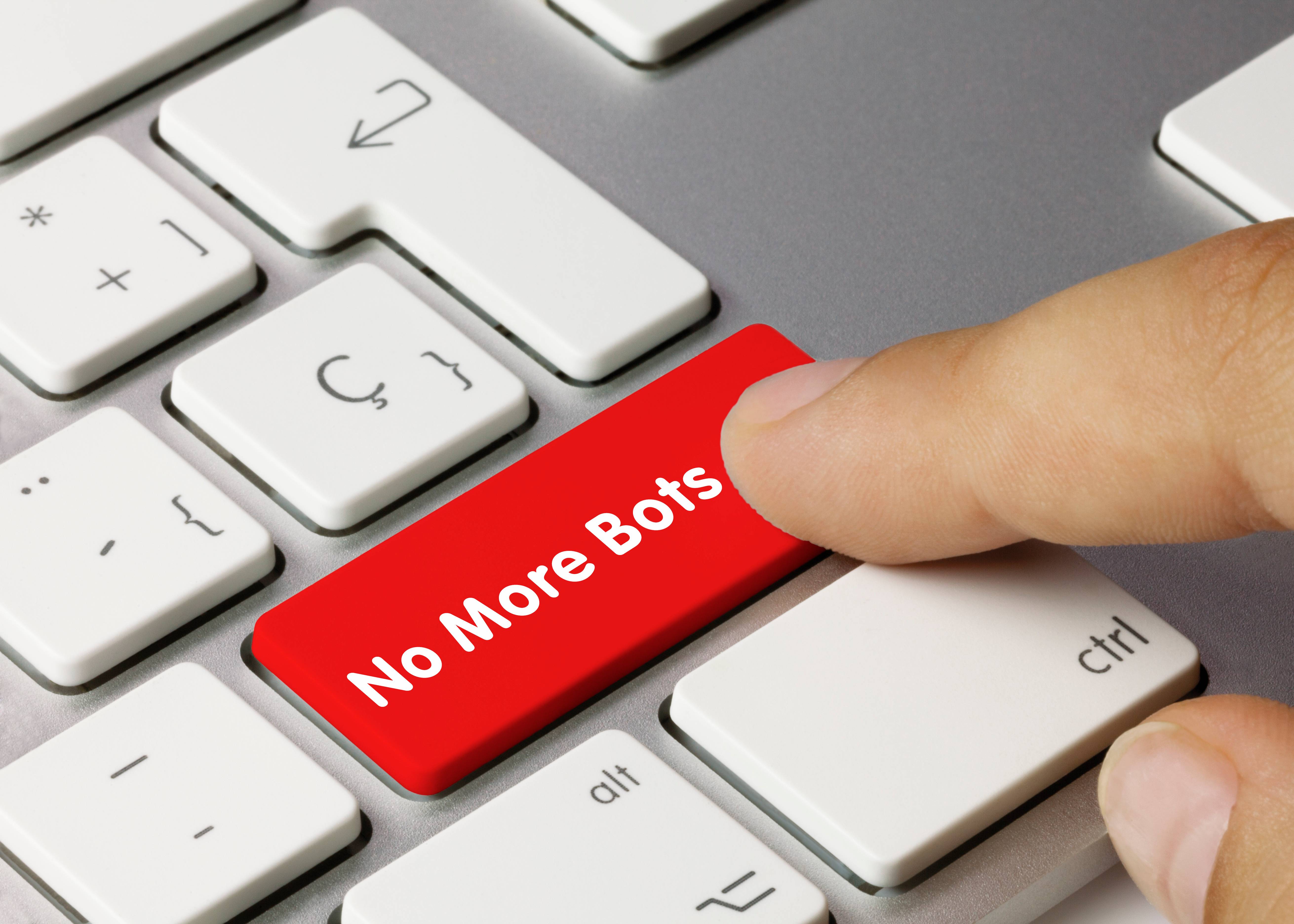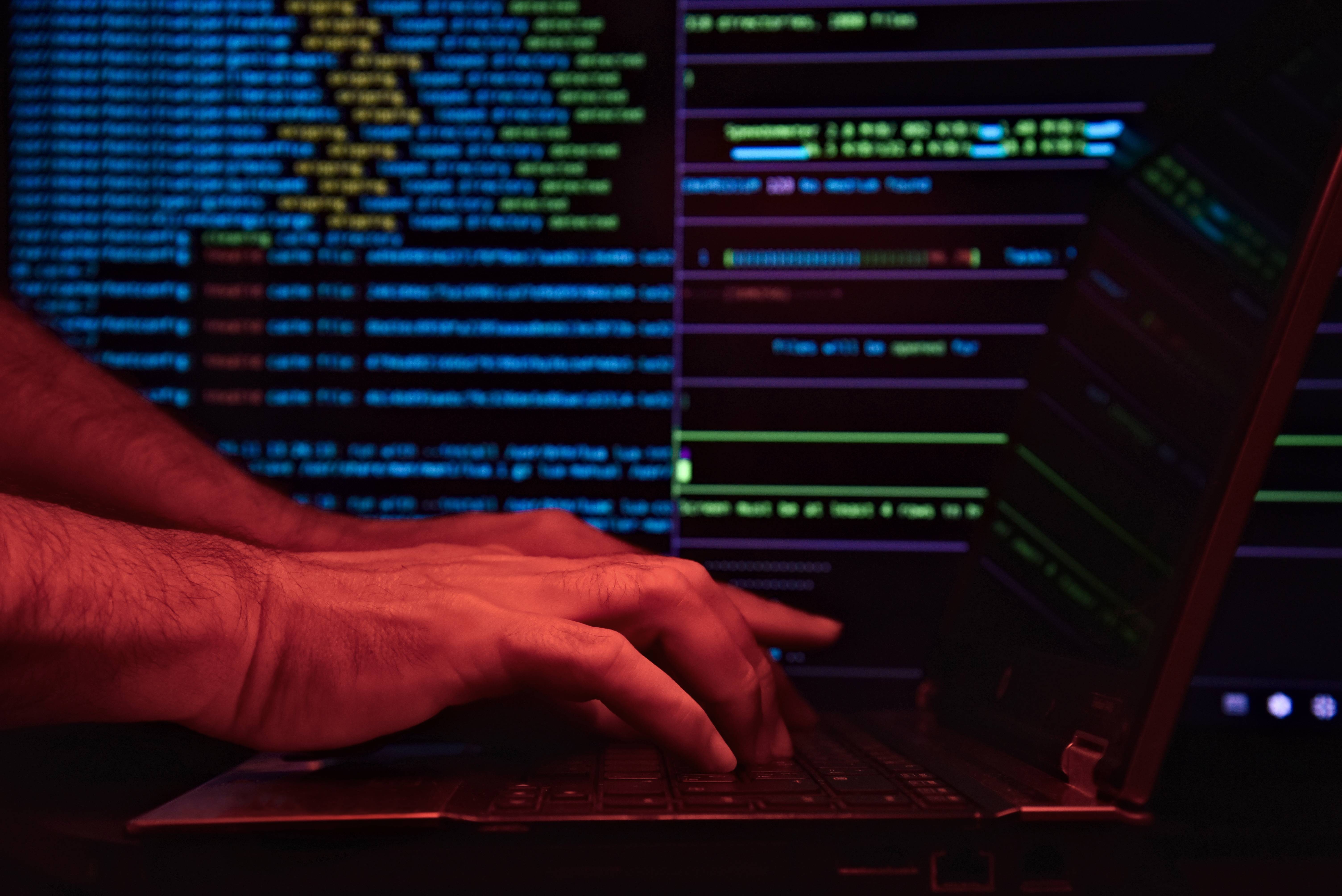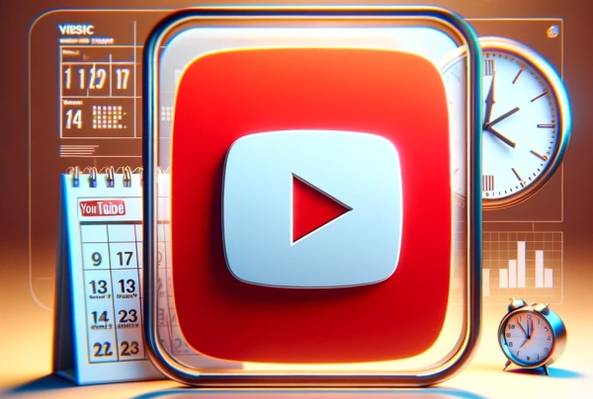In addition to being an avid movie and gaming enthusiast, Uttaran Samaddar is an experienced writer who has lent his creativity and unique perspective to various publications. He loves hearing and telling stories.
Are Viewbots Ruining Fair Discovery on YouTube?
Creators grow with two things: people who actually watch, and a system that surfaces honest metrics so new audiences can find you. Viewbotting (and the viewbots that drive it) break both.
When fake views distort algorithms and ads, legitimate small creators lose visibility, partners stop trusting metrics, and platforms start tightening rules that can punish honest channels, too. So, let's talk about what viewbotting is, how viewbots typically behave, how to check for viewbot activity in your analytics, and most importantly, what you can do about it as a small creator.
Read More: How to Get More Views on YouTube: 12 Powerful Tips
What is Viewbotting?
Viewbotting is the practice of using automated systems (bots, scripts, headless browsers, or click farms) to artificially inflate view counts, concurrent viewers, likes, subscribers, or other engagement metrics. Platforms explicitly forbid this kind of fake engagement. For example, YouTube's fake engagement policy bans artificially inflating views, likes, comments, or other metrics, and can remove or terminate content and channels that violate it.

The problem has escalated dramatically in 2025. Recent platform crackdowns reveal just how widespread the issue has become, with some streaming platforms confirming that one in six channels with moderate viewership are using viewbots.
YouTube has largely remained clean compared to other platforms, with the invalid traffic rate being roughly ten times lower. But that does not mean we are immune to viewbots.
Viewbots: How They Work
You don’t need a technical deep dive to understand the typical mechanics of viewbots. Most viewbots or viewbot services:
- Generate automated HTTP requests or run headless browser sessions to “play” videos or join live streams.
- Use networks of throwaway accounts, proxies, or bot farms to mask the origin and try to appear like different users.
- Target metrics platforms use, such as initial views, concurrent viewers, likes, or superficial comments, to fool algorithms that reward early momentum.
Platforms keep improving detection (fingerprinting, rate-pattern analysis, account behavior signals). YouTube's AI-driven systems now analyze unnatural patterns automatically, while machine learning algorithms evaluate IP addresses, account creation patterns, and behavioral similarities to identify bot networks.
How to Check Viewbot on YouTube?
If you want to check for viewbot activity, don't rely on one metric. Look for patterns across analytics and community signals. Below are practical red flags; the more of these you see, the more likely something dishonest is happening.
- Sudden, unexplained spikes — Huge one-off jumps in concurrent viewers or views without a raid, host, social post, or viral clip. A genuine spike usually has an external source you can point to. If your video jumps from almost no views to thousands overnight with no clear catalyst, that's a major warning sign.
- Low engagement to view ratio — Lots of views but very little watch time, few likes, and almost no meaningful comments. Real audiences leave traces; bot audiences vanish without engagement.
- Chat ghost town during livestreams — High viewer counts with low, or zero chat activity are suspicious for live streams. Authentic viewers interact, ask questions, and respond to prompts.
- Generic or repeated usernames in chat/comments — Similar handles, repeated phrases, or bot-like messages. Watch for patterns like sequential numbers or nonsensical character combinations.
- Short session durations — Views that start and end in a few seconds; real viewers usually stay longer. Check your audience retention graphs for unnatural drop-off patterns.
- Geography mismatch — A sudden flood of views from strange countries inconsistent with your usual audience. Check YouTube Analytics or your platform's analytics dashboard for unusual traffic sources.
- Traffic source anomalies — Lots of "direct" or "unknown" traffic, or views attributed to odd referral sources that don't align with your content distribution strategy.
- Subscriber jumps without correlated watch time — Subscriber count climbs, but watch time doesn't; that's a clue bot subscribing without actually consuming content.
- Multiple accounts with overlapping patterns — Accounts that follow the same playlist sequence or join streams at identical intervals, suggesting coordinated automated behavior.
- Third-party tool flags — If bot-detection or analytics tools show abnormal bot scores, take it seriously. There are commercial bot-detection products and public trackers that can help identify suspicious patterns.

If you see any of these issues on your end, make sure that you take the necessary actions. Set up additional measures, ban, and block suspicious activities. Use third-party tools to detect them if need be and educate your community in the event.
Protect Your Growth, Defend Your Metrics
Platforms are aware and actively improving detection. YouTube's public policy against fake engagement is firm—channels and videos can be removed for attempts to artificially boost metrics.

Although modern bot protection uses adaptive machine learning that updates detection systems regularly, the botters will always stay up to pace and find new and more nefarious ways. If you suspect you're being targeted: collect evidence, report it, and lean on official channels.
Your metrics tell your story. Make sure they're telling the truth. Do not be tempted to use these bots and indulge in other malpractices on YouTube.






